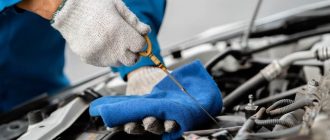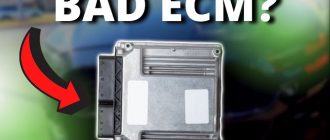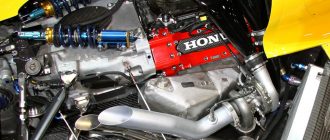What Initiates a Car Engine
The Ignition System
The ignition system is responsible for creating the spark that ignites the air-fuel mixture in the engine’s cylinders. This spark is created by a spark plug, which is a small device that consists of two electrodes separated by a gap. When an electric current flows through the spark plug, it creates an arc of electricity that jumps across the gap, creating a spark.
The ignition system is controlled by the engine’s electronic control unit (ECU). The ECU determines when to fire the spark plugs based on the engine’s speed and load.
The Fuel Injection System
The fuel injection system is responsible for delivering the air-fuel mixture to the engine’s cylinders. This system consists of a fuel injector, which is a small device that sprays fuel into the cylinder. The fuel injector is controlled by the engine’s ECU, which determines how much fuel to inject based on the engine’s speed and load.
The Air Intake System
The air intake system is responsible for providing the engine with the air it needs to burn the fuel. This system consists of an air filter, which removes dust and other particles from the air, and an air intake manifold, which channels the air into the engine’s cylinders.
The Exhaust System
The exhaust system is responsible for removing the exhaust gases from the engine. This system consists of an exhaust manifold, which collects the exhaust gases from the cylinders, and an exhaust pipe, which carries the gases away from the engine.
The Cooling System
The cooling system is responsible for keeping the engine from overheating. This system consists of a radiator, which cools the coolant, and a water pump, which circulates the coolant through the engine.
The Lubrication System
The lubrication system is responsible for keeping the engine’s moving parts lubricated. This system consists of an oil pump, which circulates the oil through the engine, and an oil filter, which removes contaminants from the oil.
The Starting System
The starting system is responsible for starting the engine. This system consists of a starter motor, which is a small electric motor that turns the engine over, and a battery, which provides the power for the starter motor.
Conclusion
The car engine is a complex machine that requires a number of systems to work together in order to function properly. These systems include the ignition system, the fuel injection system, the air intake system, the exhaust system, the cooling system, the lubrication system, and the starting system. When all of these systems are working together properly, the engine will start and run smoothly.




